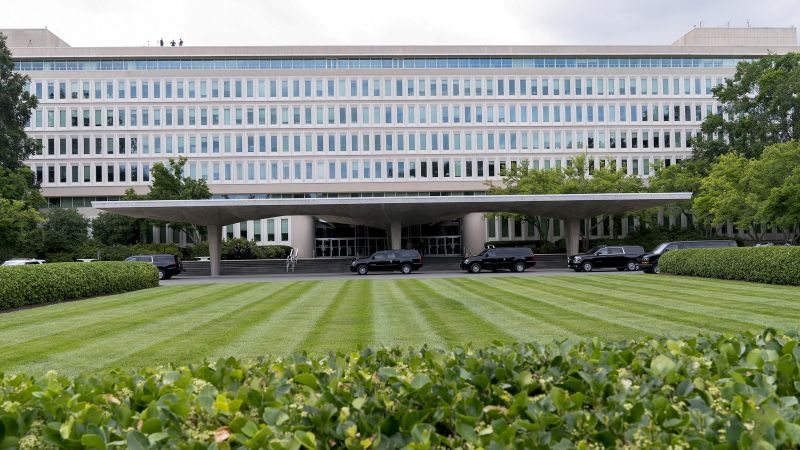Classified Chaos: Trump's Budget Cuts Could Unravel CIA's Covert Operations

The Central Intelligence Agency (CIA) is launching a comprehensive internal investigation to evaluate the potential security implications of a seemingly innocuous email sent to the White House in early February. The unclassified communication inadvertently revealed the identities of several agency officers by using their first and last initials, according to a source with direct knowledge of the situation.
This unexpected breach has prompted senior CIA officials to conduct a meticulous review, assessing any potential risks or vulnerabilities that may have emerged from the unintended disclosure. While the email was not classified, the agency is taking no chances in understanding the full scope of its potential impact on operational security and personnel safety.
The ongoing review underscores the CIA's commitment to maintaining the highest standards of confidentiality and protecting the identities of its personnel, even in seemingly low-risk communication channels. As the investigation continues, the agency remains vigilant in its efforts to safeguard sensitive information and mitigate any potential consequences of this inadvertent revelation.

